John McCain — A Legacy of Courage, Principle, and Service
John Sidney McCain III (1936–2018) was more than a U.S. Senator or presidential candidate. He was a war hero, a maverick politician, and a man defined by his service and sacrifice — qualities that set him apart in today’s politics.
Early Life and Military Service
Born into a distinguished naval family, McCain followed in the footsteps of his father and grandfather, both four-star admirals. Though he struggled academically, his rebellious spirit and charisma earned him the nickname “John Wayne.” He graduated from the U.S. Naval Academy in 1958 and became a naval aviator.In
1967, during the Vietnam War, McCain was shot down over Hanoi and captured. Despite severe injuries and brutal torture, he refused an early release because he insisted that fellow prisoners captured before him be freed first — a testament to his honor and loyalty. He endured over five years of imprisonment in harrowing conditions before his release in 1973.
Political Career and Leadership
After retiring from the Navy due to war injuries, McCain entered politics, serving as a U.S. Representative and then as a Senator from Arizona for more than three decades. Known as a “maverick,” he frequently defied party lines to champion campaign finance reform, immigration reform, and veterans’ issues.
His political life wasn’t without controversy — from the Keating Five scandal to his choice of Sarah Palin as a running mate — but McCain’s willingness to admit mistakes and push for ethical reform remained central to his character.
Defining Moments of Principle
McCain’s legacy is punctuated by moments that highlight his courage over convenience:
- Crossing Party Lines: He worked across the aisle to pass important legislation and improve government integrity.
- 2008 Concession Speech: After losing the presidential race to Barack Obama, McCain graciously urged unity and acceptance.
- 2017 Healthcare Vote: In a dramatic Senate moment, McCain cast the decisive vote against repealing the Affordable Care Act, defying party pressure and President Trump’s demands — a bold act of independence that cost him political favor but earned widespread respect.
- Vocal Trump Critic: McCain openly opposed many Trump policies and refused to endorse him in 2016. Their feud culminated when Trump publicly disparaged McCain’s war record.

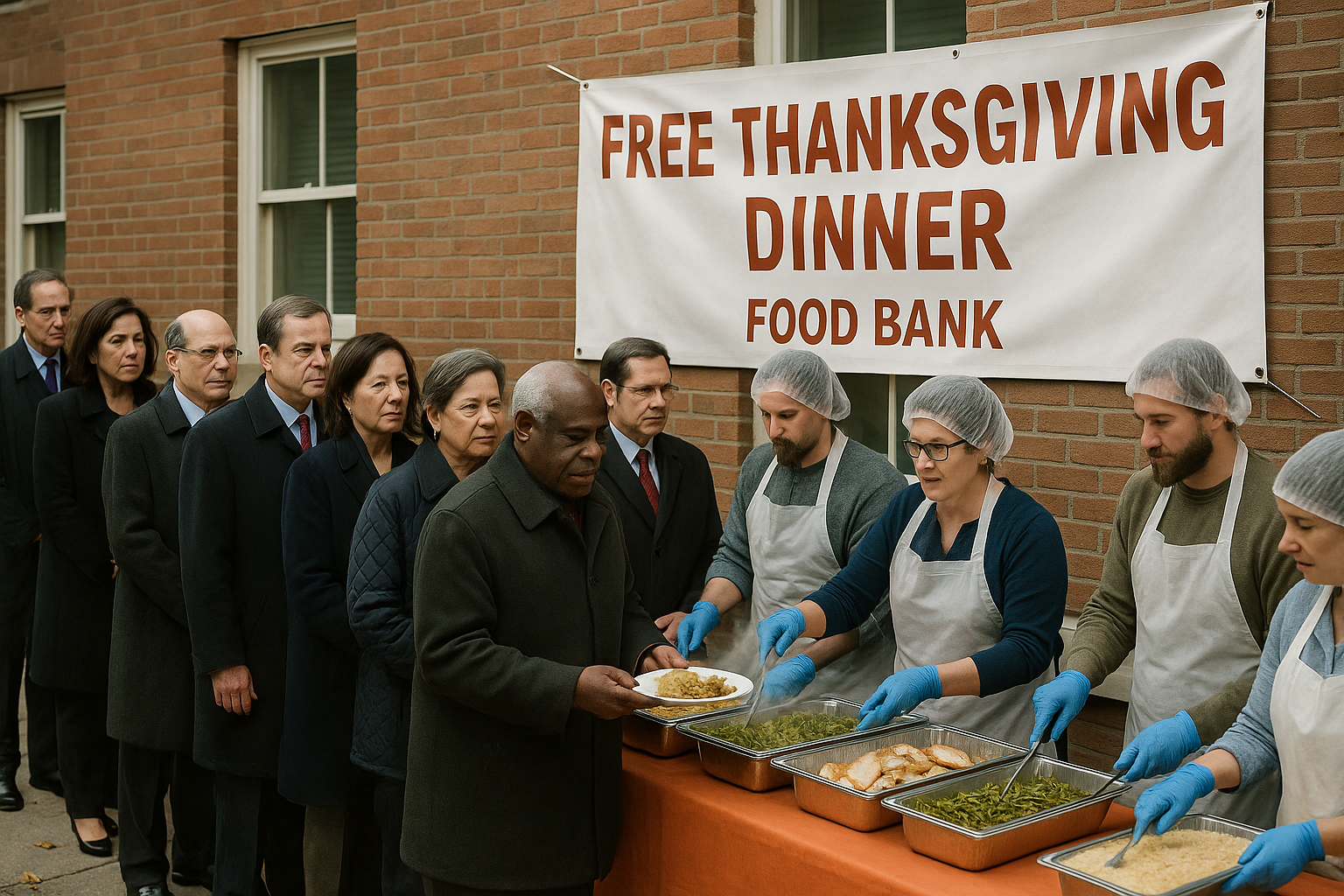
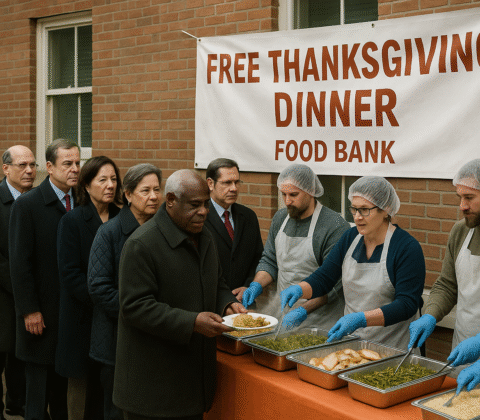
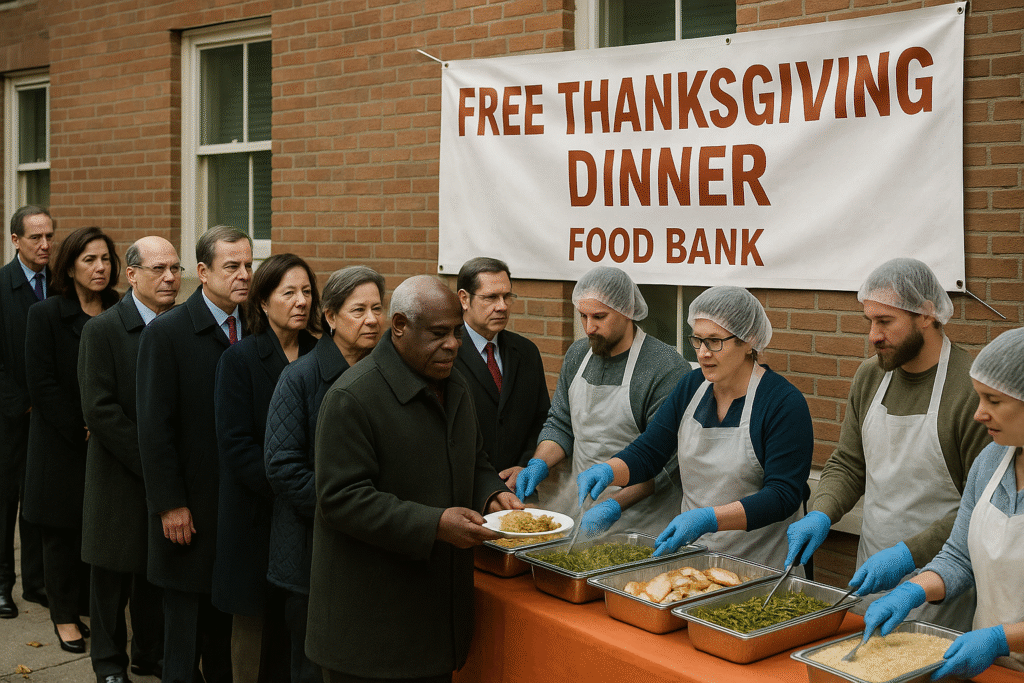

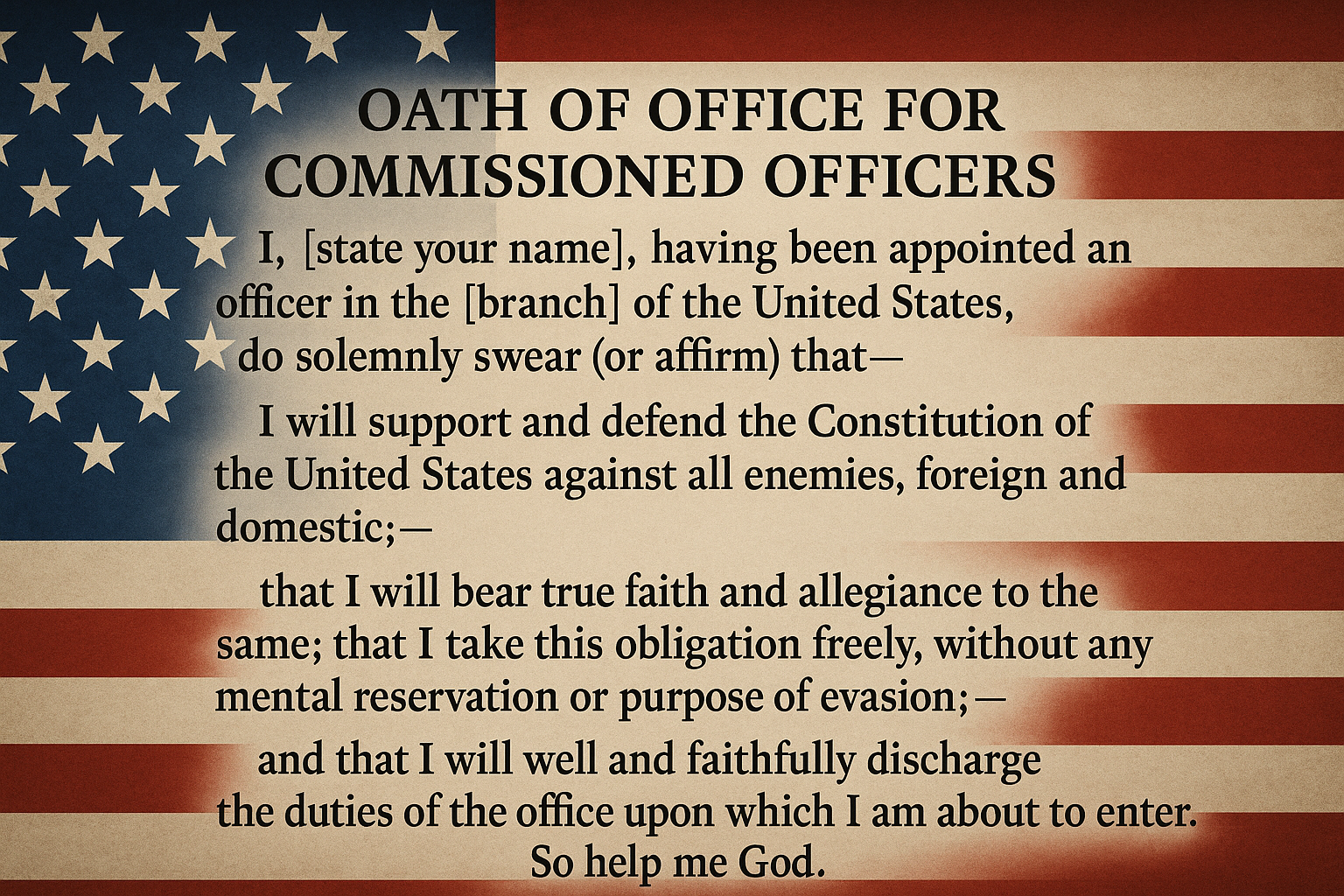


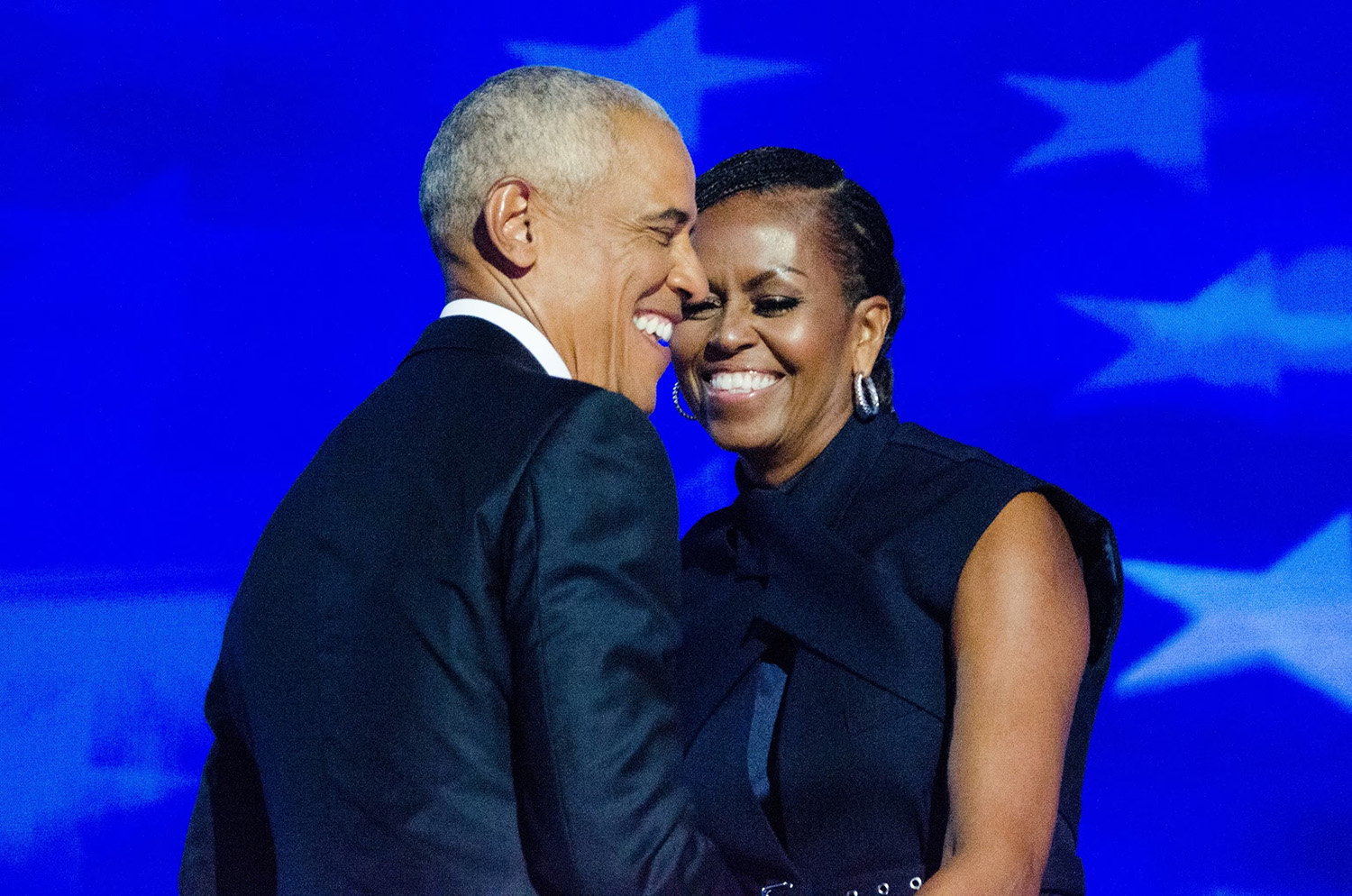
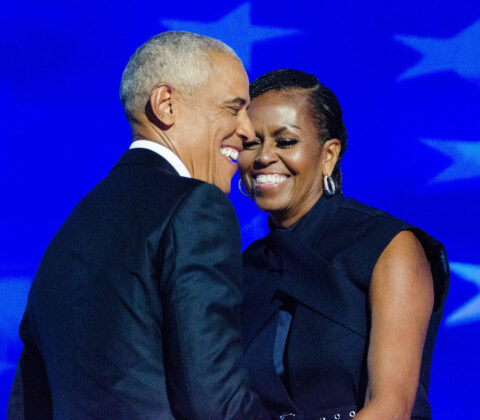
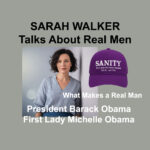
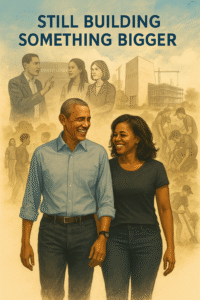
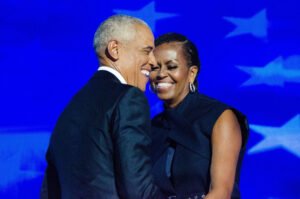

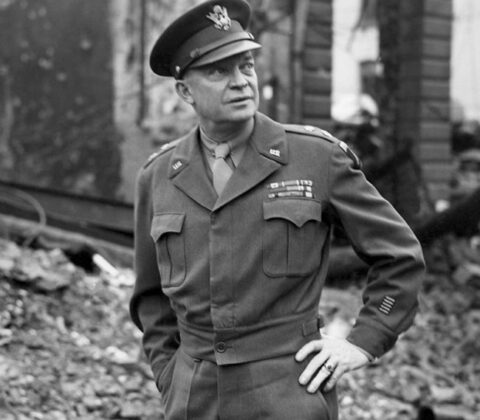
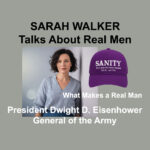
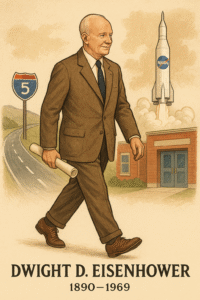
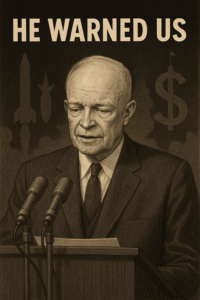
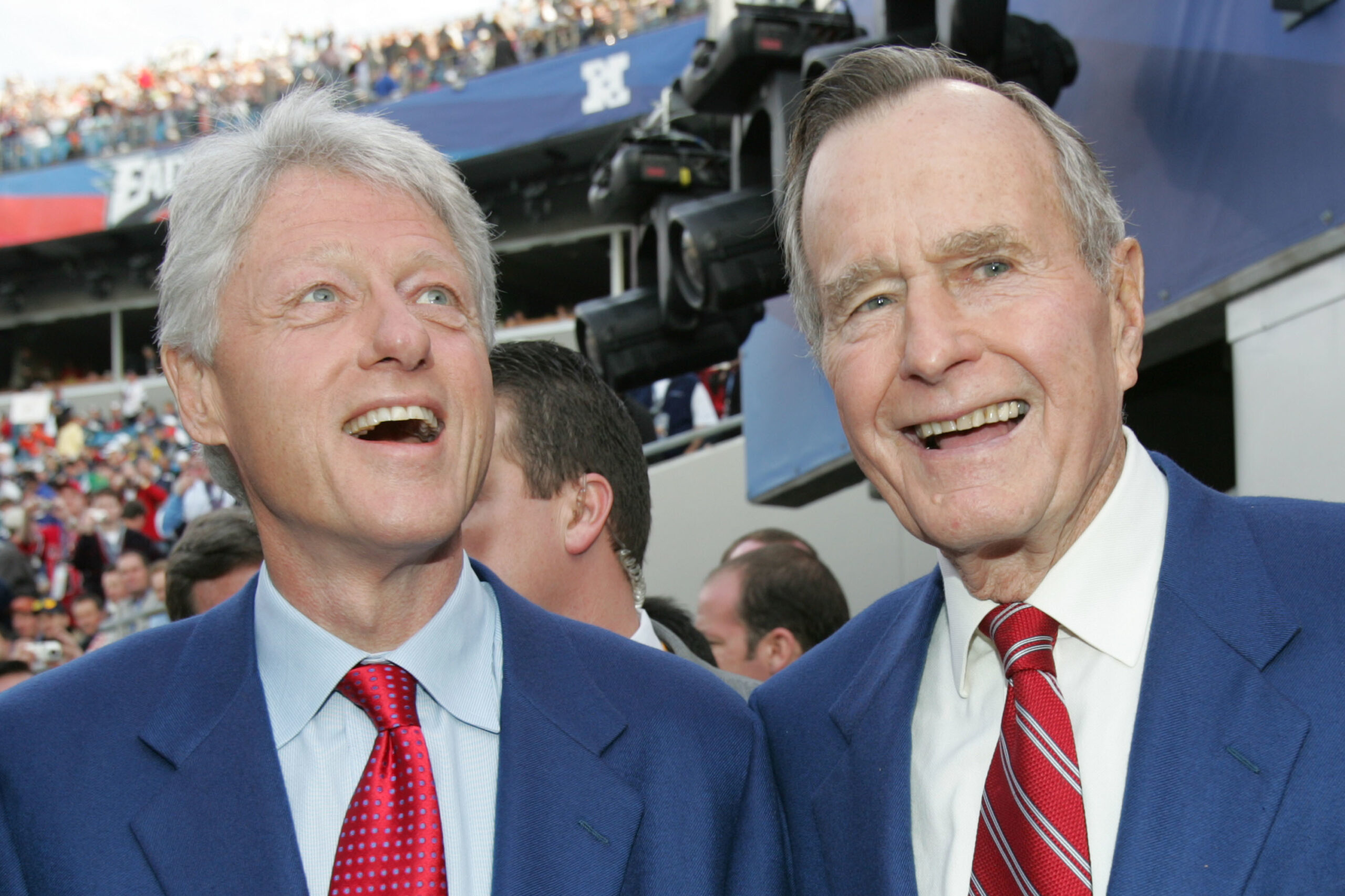
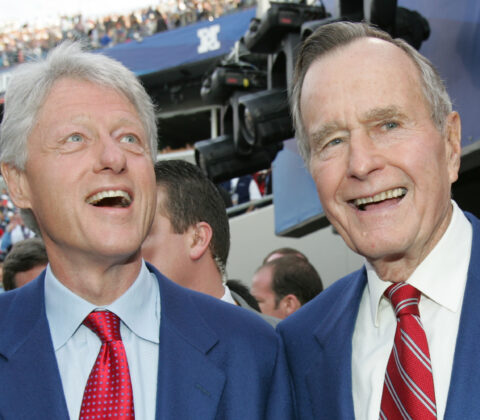

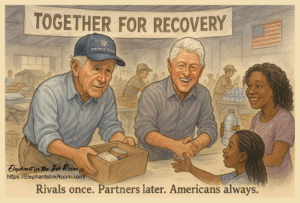
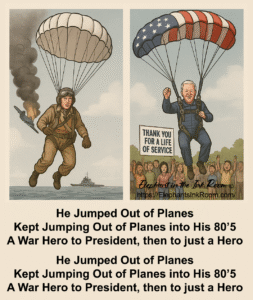
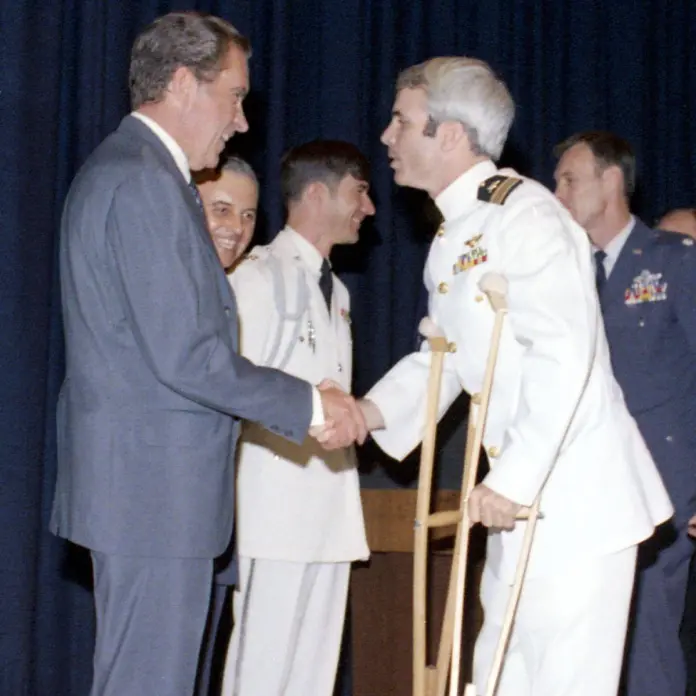


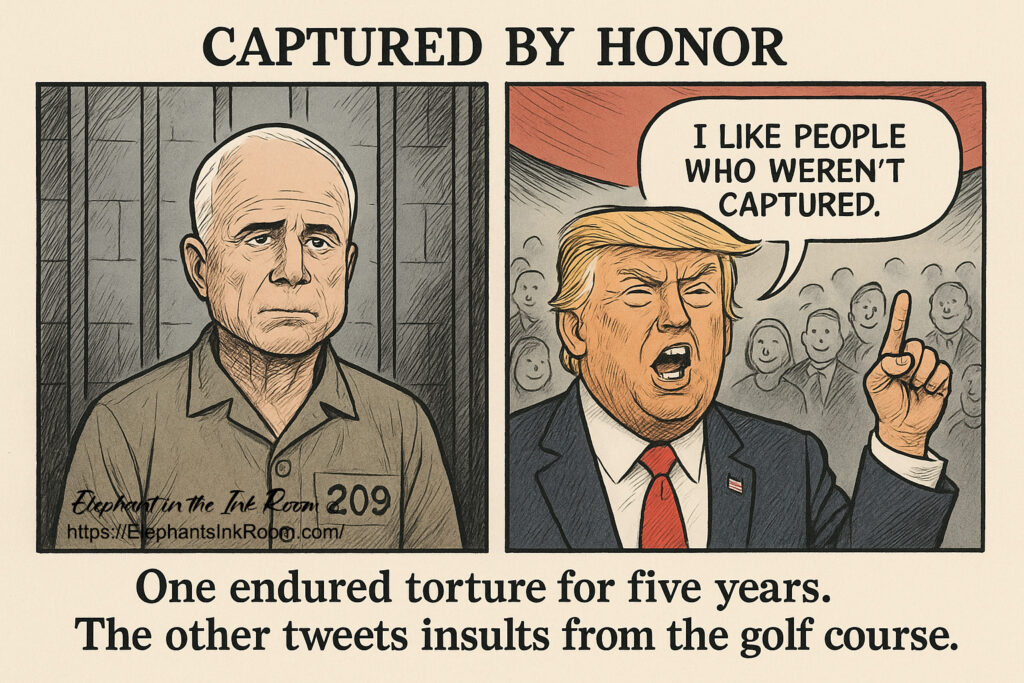
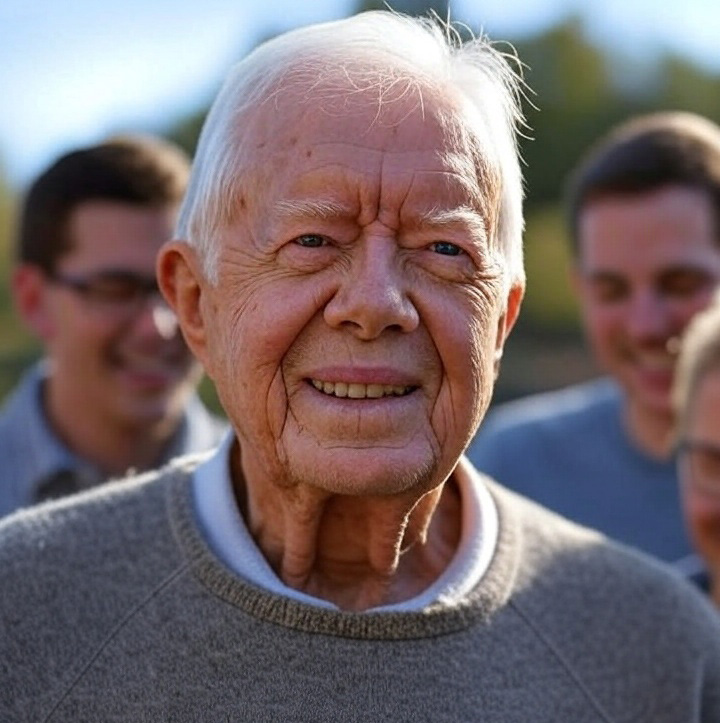
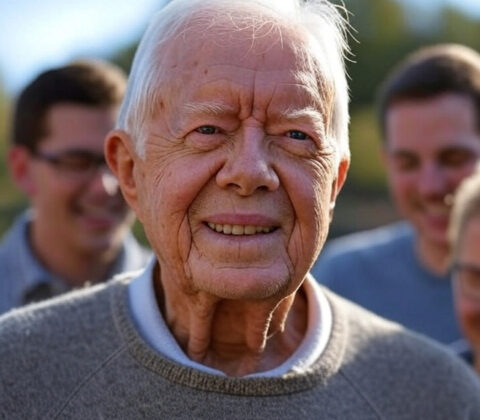

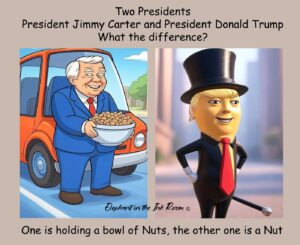
Todays Vocablulary Lesson
Semantic change (also semantic shift, semantic progression, semantic development, or semantic drift) is a form of language change regarding the evolution of word usage—usually to the point that the modern meaning is radically different from the original usage.
Share this:
Like this: